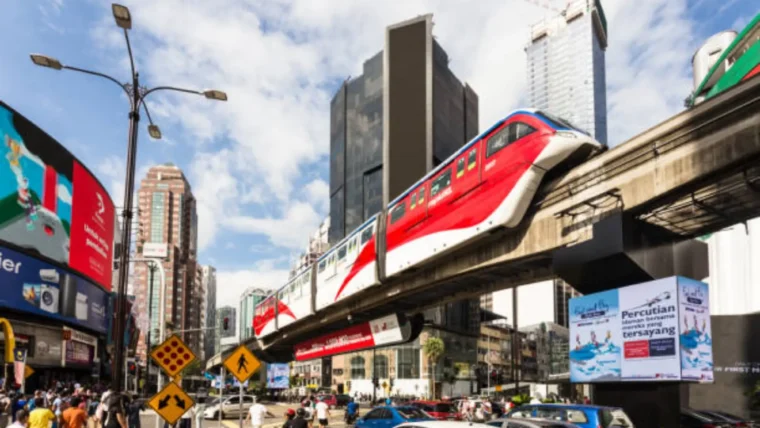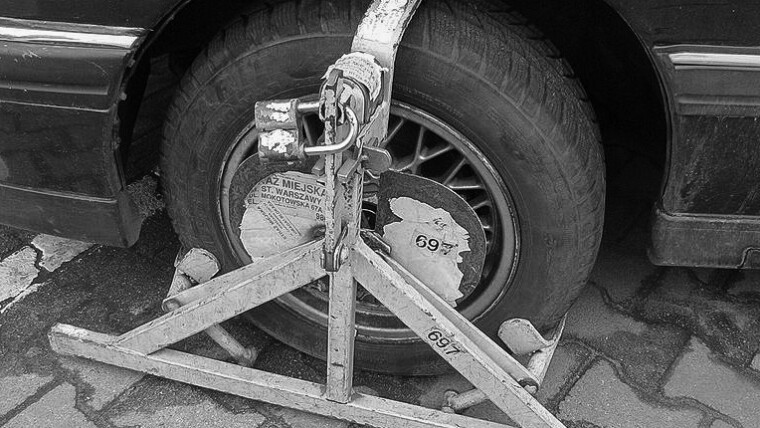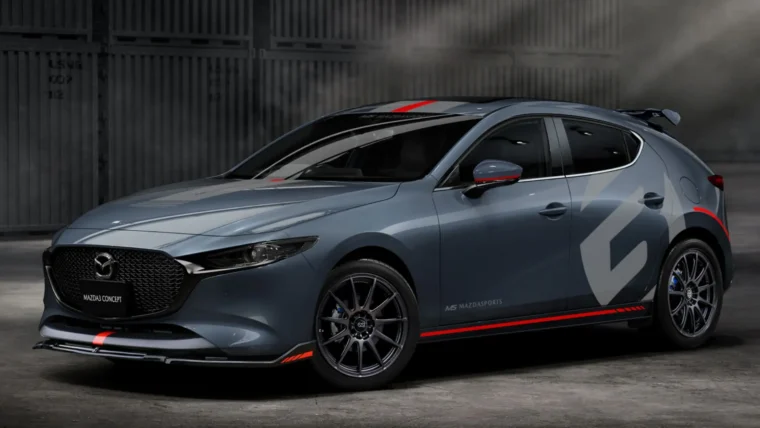I just realised that I have finally hit the big ten-O when it comes to a career. Whilst it may have been rather colourful and different, I spent a fair bit of my time in Malaysia’s version of what Silicon Valley is meant to be, Cyberjaya. From it’s name, you can probably make an informed guess that it has something to do with tech.
The establishment of the Multimedia Super Corridor (MSC Malaysia) and Cyberjaya in particular, will enable Malaysians to leapfrog into the Information Age. We hope to create the ideal environment that will attract world-class companies to use it as a regional multi-cultural information age hub.
Tun Dr Mahathir Mohamad, former Prime Minister of Malaysia, during Cyberjaya’s groundbreaking ceremony on 17 May 1997
In total, I must have spent about 5 years there. Since I was there, much has changed. There used to be very few eating places to go to and most of the time staff would drive to nearby towns such as Equine park or Dengkil during lunch time. Now I still remember that there was a bus service which ran especially during lunch time to ferry folks from the then Shell building (now occupied by T-Systems) to the nearby street mall. The service was packed but at times, being in Malaysia, timing is horrendous.
That was 9 years ago.
Fast forward to 2015, the same thing can be seen. What I mean by same is that busses are completely unreliable and there isn’t any real schedule on which the busses would keep by to.
You would think that being a small area with technology as the main aim, one would see an efficient and on-time bus which travels around Cyberjaya ferrying staff and students alike from one end to the other. Sadly instead, people rather drive.
When I look around the world and see how public transport has evolved by leaps and bounds, I came upon this new transit called Leap. Leap provides a new way on how busses should be, mostly changing the way how passengers are arranged. Of course with this layout, technically less passengers can get on the bus but they do charge a slight premium over the usual busses, USD$6 for a one way trip.
With a mobile app, you can track where the Leap bus is at all times and plan your trip and route accordingly. Once you enter the bus, you use bluetooth to check in. You can even order drinks and food as Leap provides healthy drinks and food in their busses. Definitely a good quick breakfast whilst on your way to work.
At the moment, Leap only covers a small part of San Francisco and they are looking to expand out.
In truth, I wouldn’t say that Leap is the end-all-and-be-all of public transportation but it is nice to see there is a better horizon. There are plenty of flaws with it and it isn’t really a mean to completely replace existing busses. It is a nice add-on.
Back to Malaysia, busses hasn’t really evolved other than it being consolidated under a single company. Whilst many still remember the good ole days when mini busses terrorised the streets of KL, a number would say that those were really the day because although it wasn’t exactly comfortable, it was efficient in a messed up way.
Now as technology creep up and the face of public transport changing such as the MRT and LRT3 works popping up everywhere and technology giants such as Uber enroaching against the norm of public transport, I hope that local public transport will continue to improve.
Image source: Leap Transit
*This is the personal opinion of the writer and does not necessarily represent the views of Autofreaks.com
Other posts by AF Newsdesk









